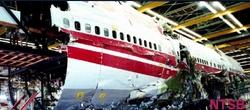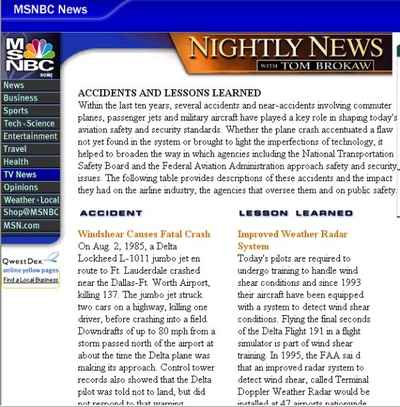Wed, Jul 23, 2003
Advertisement
More News
 ANN FAQ: Follow Us On Instagram!
ANN FAQ: Follow Us On Instagram!
Get The Latest in Aviation News NOW on Instagram Are you on Instagram yet? It's been around for a few years, quietly picking up traction mostly thanks to everybody's new obsession >[...]
 Aero-News: Quote of the Day (06.07.24)
Aero-News: Quote of the Day (06.07.24)
"From the end of April, our team embarked on a groundbreaking endeavor to help make cleanup efforts on Everest safer and more efficient. We are thrilled to share that our DJI FlyCa>[...]
 ANN's Daily Aero-Term (06.07.24): Obstacle
ANN's Daily Aero-Term (06.07.24): Obstacle
Obstacle An existing object, object of natural growth, or terrain at a fixed geographical location or which may be expected at a fixed location within a prescribed area with refere>[...]
 ANN's Daily Aero-Linx (06.07.24)
ANN's Daily Aero-Linx (06.07.24)
Aero Linx: Helicopter Association of Canada (HAC) Mandate: 1) To promote a political and regulatory environment that will foster a prosperous Canadian Helicopter industry; 2) To ed>[...]
 Airborne 06.03.24: Rotax 915/916 SB, Starship 4 Ready?, B-17 Mementos
Airborne 06.03.24: Rotax 915/916 SB, Starship 4 Ready?, B-17 Mementos
Also: Hubble On Pause, FedEx Pilots Picket, Nexus eVTOL, VFS Honors The Rotax folks have published a Service Bulletin after issues were noted that may affect all R915i and R916i se>[...]
blog comments powered by Disqus





